How to Make Distilled Water at Home
Distilled water is used in a lot of processes such as in a laboratory or medical field where mineral-free water is required or for cooking or making baby formulas or consumption. But do you know that you can actually make distilled water at home? Yes, you can stop buying and save money by producing your own distilled water. In this article, we are the top 5 ways to make distilled water at home with their step-by-step process.
What are the different types of water?
• Tap water is the water when you open the tap the water that comes straight out.
The quality of tap water varies by location, and might contain traces of minerals specific region, as well as traces of chemicals used in municipal water treatment.
Hopefully your tap water is safe to drink, but it’s not always the case.
Filtered water is one solution.
• Filtered water may already be in your home by way of a whole-house filtration system, a faucet filter or a water filtration pitcher. Filtered water passes through some combination of carbon and micron filters, which help to remove chemicals such as chlorine (commonly added to municipal tap water as a disinfectant) and pesticides, and metals like copper or lead.
Filters can also eliminate foul odors and tastes. •Purified water is also tap water & goes through the same processes as for water filtration. Purified water goes a step further than filtering, with a process that removes chemical pollutants, bacteria, fungi and algae.
• Distilled water is a more specialised type of purified water, but much easier and cheaper to produce at home. As with purified water, it meets the classification requirement of 10ppm (parts per million of total dissolved solids, aka contaminants) or less. The process of distilling is simple , Heat tap water to the point that it turns to vapor.
When the vapor condenses back to water, it leaves behind any mineral residue.
The resulting condensed liquid is distilled water.
Distilled water is the process of water purification using a water distiller water treatment process that mimics mother nature’s natural filtration process, also known as the hydrologic cycle. Under the natural process, the sun evaporates water and turns it into clouds, which later return to the earth in the form of precipitation. Distilled water is produced using the same method through a water distiller, which boils water into steam and then, cools and condenses that steam back into liquid. In the process, anything that won’t turn to steam is left behind as impurities and what you get is purified water.
The differences between distilled water & purified water are that distilled water is actually a type of purified water. Distilled water does not have minerals or contaminants after the distillation process is complete. On the other hand, minerals can still be present in purified water even if chemicals and contaminants are removed during the purification process.
Top 5 Ways to Make Distilled Water at Home
Make Distilled Water Using a Glass Bowl
1. Fill half a stainless steel vessel with tap water.
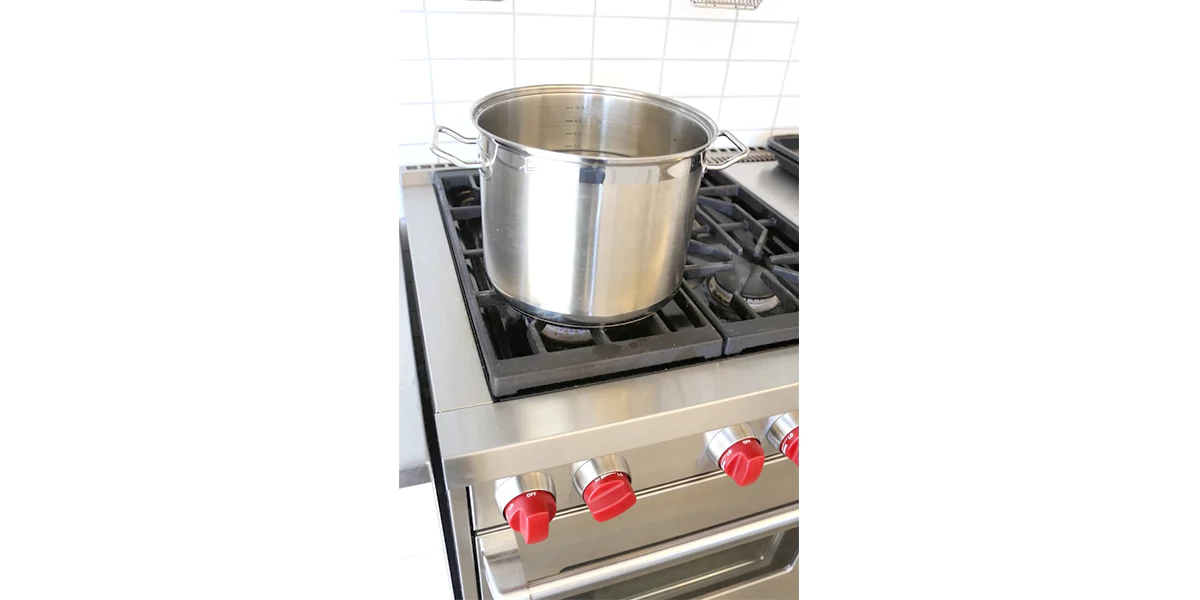
2. Now put a glass bowl in the half-filled vessel and make sure the glass bowl floats above the surface. If it does not float, place a baking rack at the bottom of the vessel and put the glass bowl to keep it above the surface.
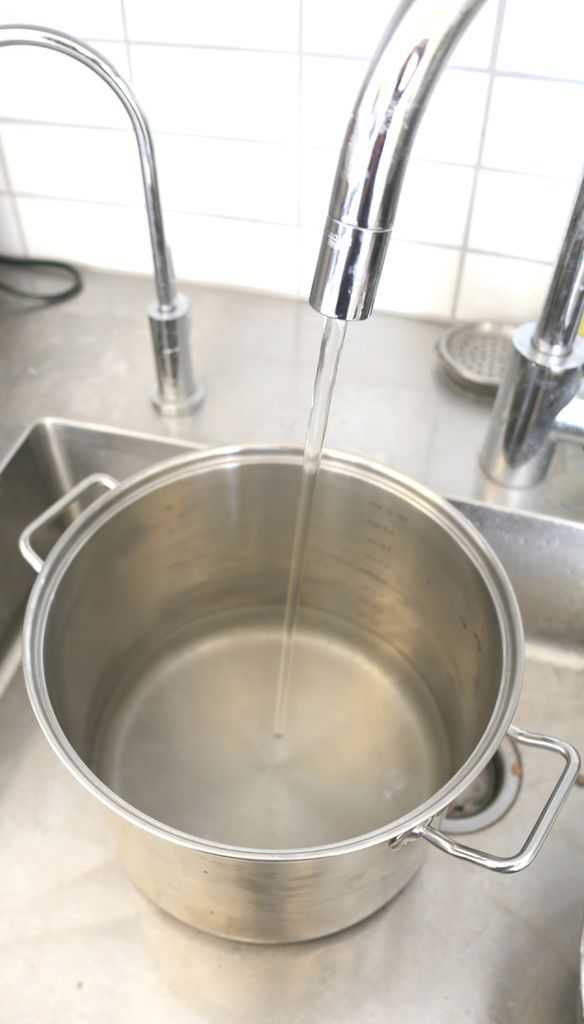
3. Place the vessel on the stove and ensure the water in the pot is boiling.

4. Once the water starts boiling, invert the vessel lid on top and fill it with ice to create a hot/cold barrier and a condensation effect.
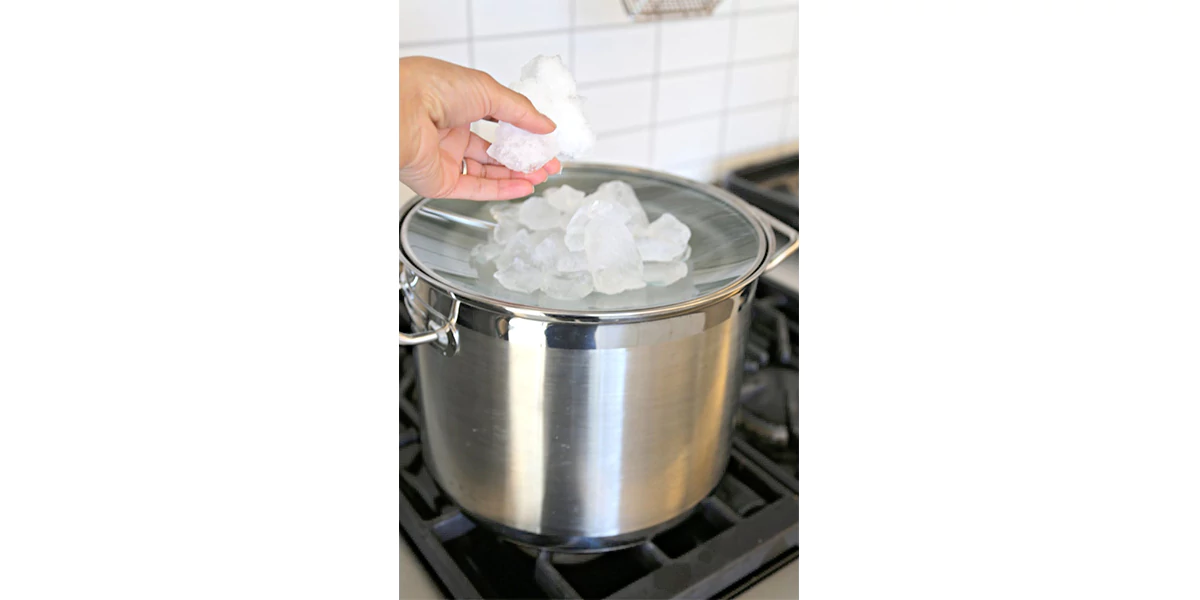
5. Let the water in the vessel continue to boil. As the water boils, the steam will rise and condense on the vessel’s lid. The condensed water will then drip into the glass bowl we placed in the middle of the vessel floating. Let the distillation process continue until you the glass bowl have enough distilled water.
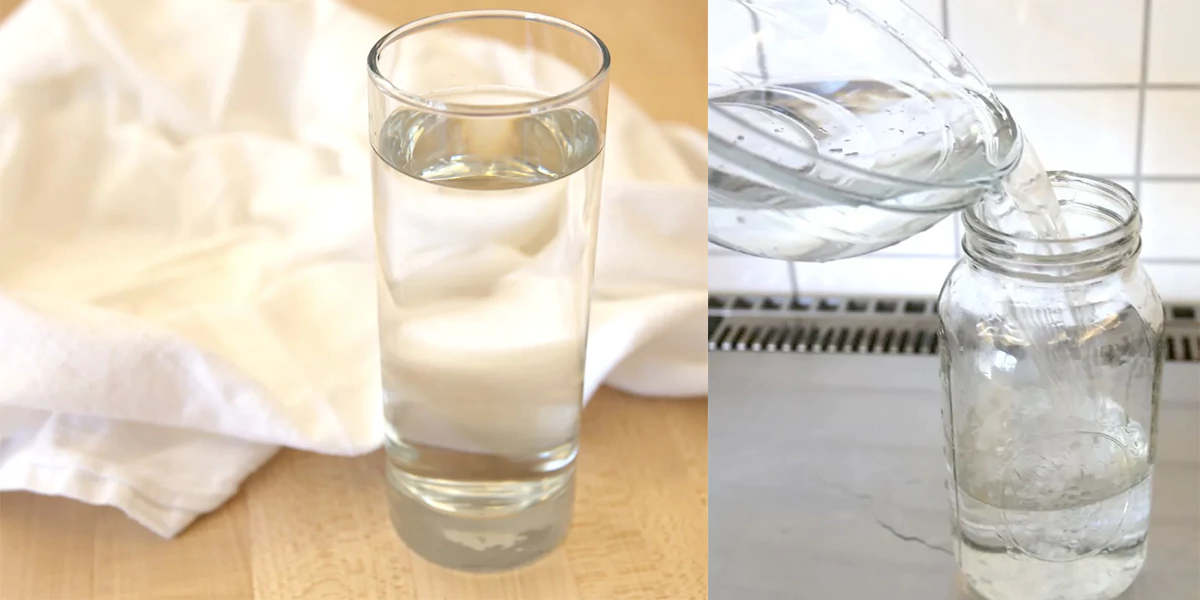
Make Distilled Water Using a Glass Bottle
1. Take two glass bottles with one bottle that preferably curves outward from the neck.
2. Fill the Tap water in one of the bottles.
3. Put the neck of both bottles together and tie them using duct tape.
4. Fill a large stainless steel pot with boiling water enough to cover the glass bottle that was filled with tap water earlier.
5. Tilt the bottles in a way that ensures the evaporated distilled water is collected in the empty glass bottle tied to the bottle with tap water.
6. Rest an ice pack on top of the bottle to create a hot/cold barrier.
7. Keep the vessel water boiling and continue the process until enough distilled water is collected in the empty bottle.
Make Distilled Water Using Rainwater
1. Take a large clean container and place it outside to store the rainwater.
2. Once the rain stops, keep the container with rainwater outside for 48 hours at least in order to dissipate the minerals.
3. Once the impurities and minerals are dissipated at the bottom of the container, remove the clean distilled water from the top of the container and store it in a clean container.
Make Distilled Water in Microwave
1. Take a microwave-safe container and fill it with tap water
2. Place it inside the microwave with another microwave-safe bowl floating inside.
3. Do not put the lid on the container.
4. Once the water comes to a boiling point, remove the container and put the lit with an ice pack on top to create a hot/cold barrier.
5. Repeat the process until enough water is collected in the bowl placed inside the large container.
Make Distilled water in Kettle the Right Way
1. Fill a kettle with tap water and bring it to boil.
2. Once the water starts boiling, remove the lid from the kettle.
3. Do not turn off the kettle and simply let it continue to heat the water.
4. Take a plastic bowl and invert it above the kettle and hold it for at least 5 minutes. This way the steam escapes and gets trapped inside the plastic bow.
5. When the same condensed back to liquid form, you get the distilled water. This, however, is a slow process and would need to be repeated many times to even get a little bit of distilled water.
Is distilled water safe to drink?
Distilled water is completely safe for use, but the problem of distilling is that it removes all of the helpful minerals like calcium and magnesium that occur naturally in tap water.
It isn’t generally recommended to use distilled water as your daily drinking water, and you may find that it lacks flavor.
Choose the storage container you use for distilled water carefully. Distilled water’s lack of nutrients can leach chemicals from the container it’s stored in. If you plan to use the water immediately, any container will do but for long-term storage it’s best to use glass or high-quality stainless steel.
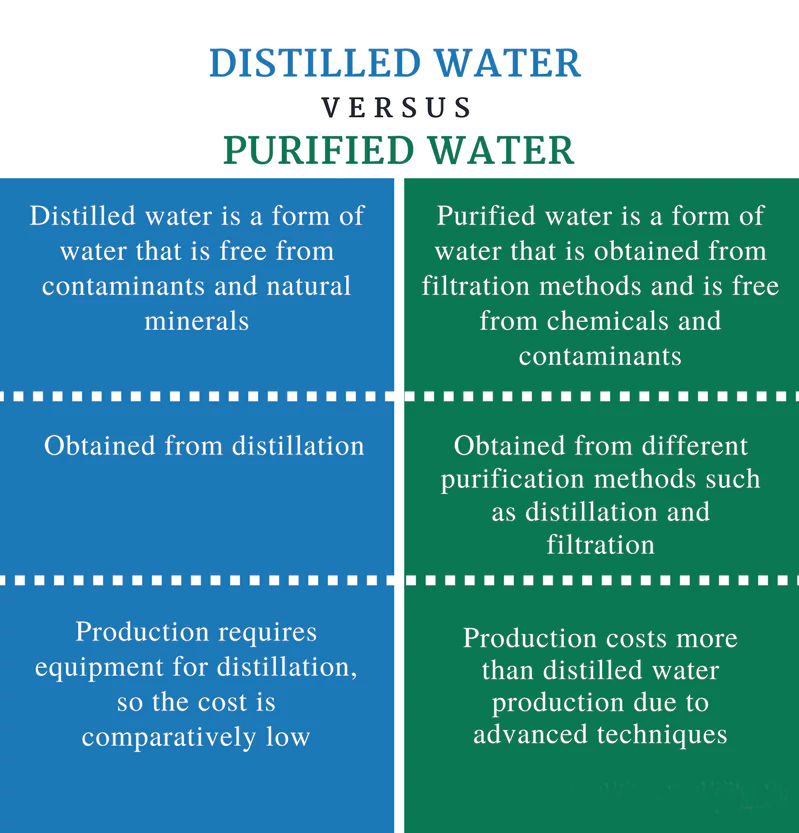
Faq’s on How To Make Distilled Water At Home ?
Ques. Where Can I Buy Distilled Water?
Ans – Distilled water is a more specialised type of purified water.You can buy distilled water from;
1. Grocery Stores -You can buy distilled water at your local grocery store, but it can be more expensive than making it at home.
2. Home Delivery -You can use a home delivery service of distilled water, but it is expensive than make it at home.
3. Home Water Distillers is the third best way if you want to buy distilled water.
However if you make distilled water at home it is cheap , actually it is for free & easy.
Ques. Can I drink distilled water ? Is distilled water actually save for drinking ?
Ans) Distilled water is totally safe to drink but it lacks flavour , it is totally bland in its taste because it is stripped of calcium , sodium & all minerals. Distilled water is only oxygen & hydrogen so safe to drink but tasteless.
Ques. What are the best uses of distilled water ?
Ans) Distilled water has various uses like for car batteries , car radiators , irons ,plant germination , seed germination , animals , ice cubes , baby formula , coffee , tea & other drinks.
Distilled water can also be used for medical purpose & for lab tests. It can be used in aquariums ,cosmetics , home appliances & food industry too.
